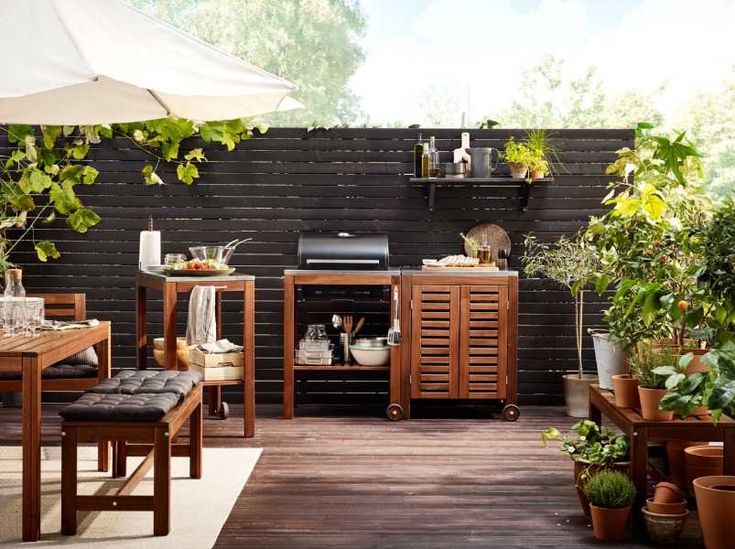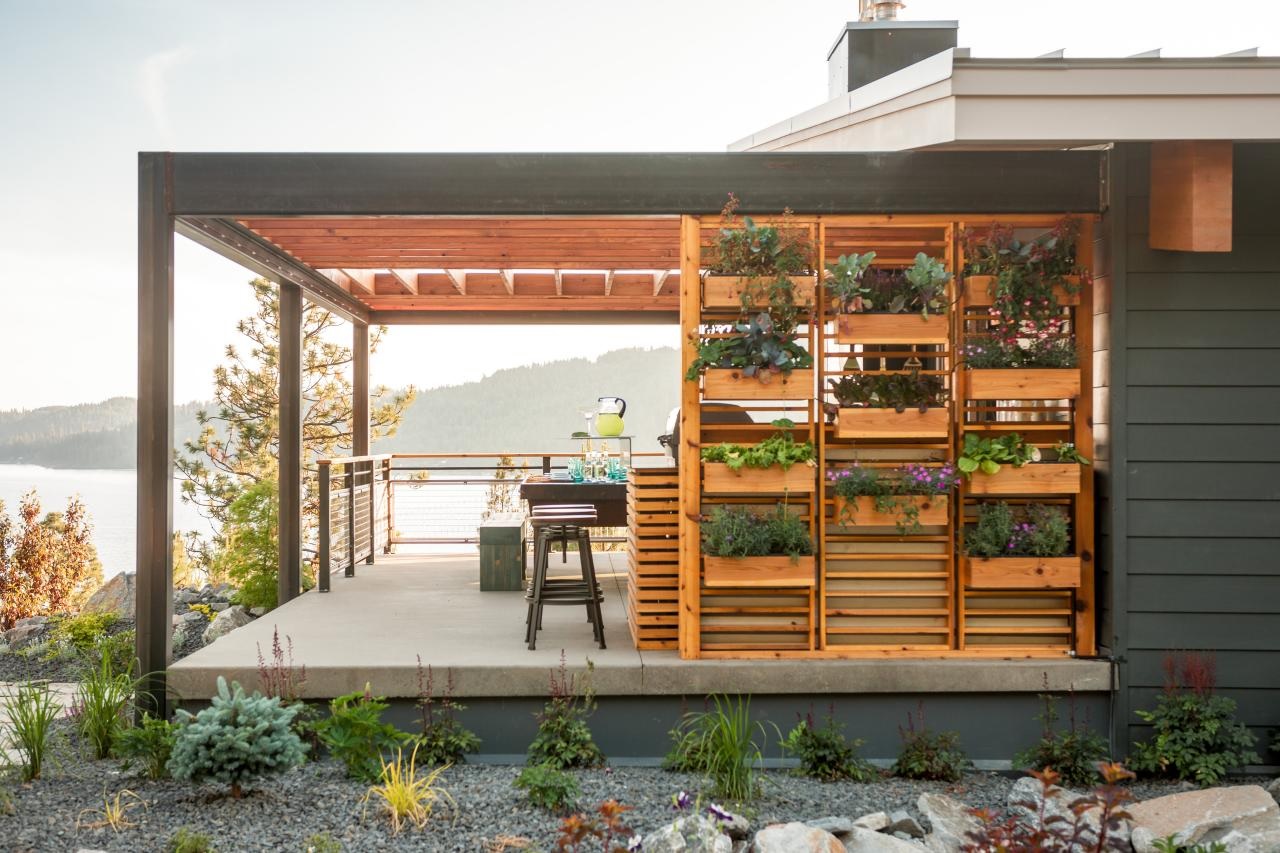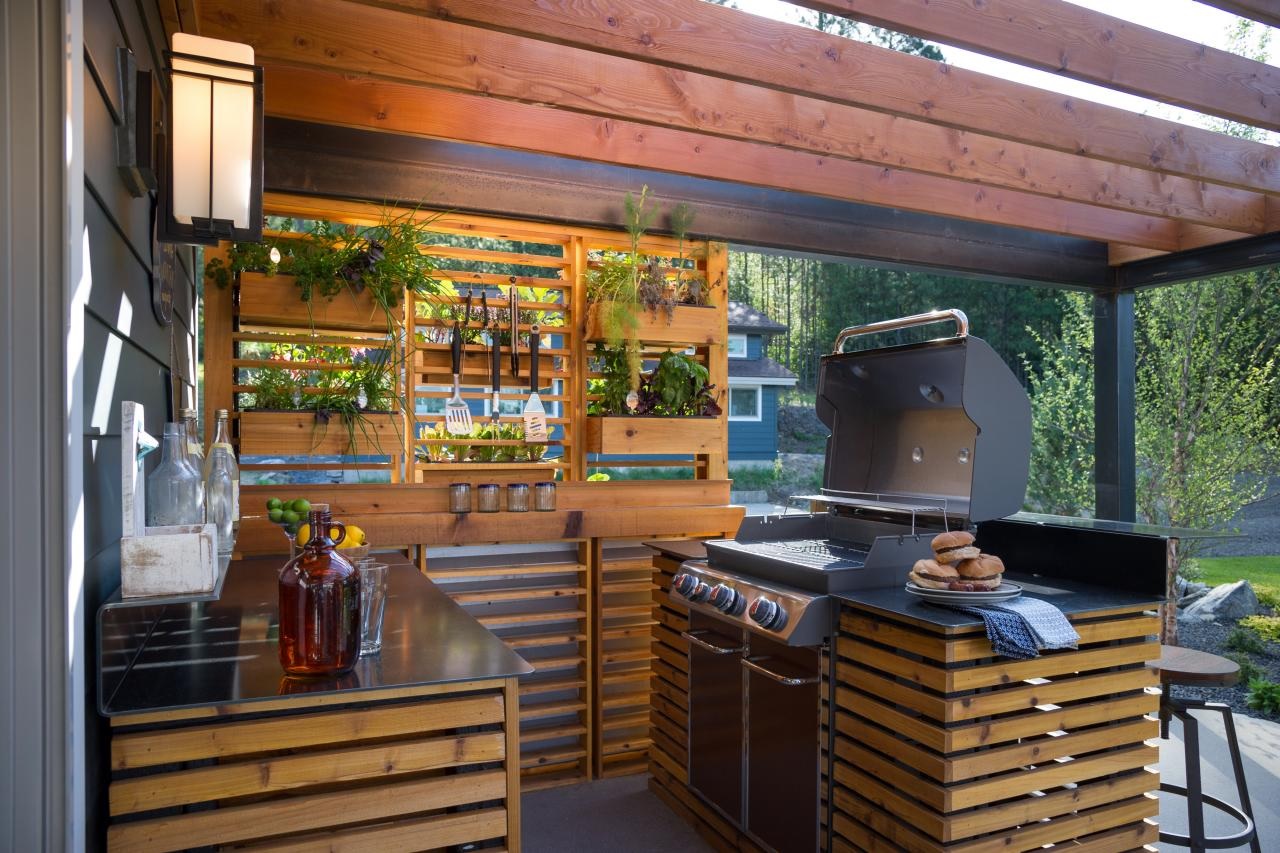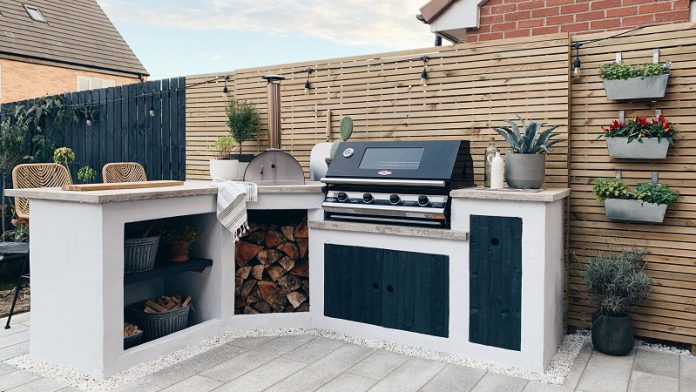4nids.com – If you’re looking for a unique way to spice up your outdoor kitchen, you should consider planting an Outdoor Kitchen Herb Garden. If you have a small area to work with, you can grow herbs on vertical walls or in hanging planters. For best results, make sure to choose a location that gets full sun during the day. Most herbs thrive in most soils, but be sure to add some drainage to your design. Mint can survive in slightly damp soil.
Tips for Using an Outdoor Kitchen as Extra Space
Invest in a beautiful garden. There are many different types of herbs that can enhance the flavor of your cooking. The harvest from your herbs will smell amazing when cooked outdoors. You can also use your outdoor kitchen as an extra space for entertaining and socializing. If you choose a place where your herbs will be easily accessible, they will also look beautiful. If you don’t have a lot of space to plant, you can always start with a container garden.
Consider installing a kitchen island with an herb garden. A kitchen island can be a great place to add a touch of the outdoors, and a garden can also double as a wine cooler. You can also use the island planters to store herbs and produce. For more creative ways to use your outdoor kitchen, explore some ideas below. Once you have chosen a location, make sure to plan ahead for the installation. A kitchen island can be a multi-purpose space – turn it into a bottle chiller and herb garden during parties.

You can even grow herbs indoors. Basil is an excellent herb for your garden, but make sure you choose a plant that will grow in a pot or container that has proper drainage. Basil likes more sun and a moist soil, but other culinary herbs need more space. Fennel and dill grow big and may become unusable if you don’t provide them with the right conditions. If you have limited space, try growing a container herb garden in a pot, so you can harvest your favorite herbs year-round.
How To Make Backyard Kitchen Herbs
Another way to create a kitchen herb garden in the backyard is to purchase pots that are suitable for a small area. Plants are usually placed in window boxes, but can also be planted in an herb planter. These plants can grow in a window box or on a worktop next to a sink. Most of these pots come in various styles and materials, making them easy to use and maintain. A kitchen herb garden also gives you a place to plant fresh herbs for sauces and condiments.
To keep a kitchen herb garden healthy, you can start with seeds. You should plant the seeds indoors about six to eight weeks before the last frost. Fill the pot with potting soil, 1 inch from the top. Sprinkle the seeds, or cover with soil to encourage germination. Once seedlings have emerged, remove the plastic. It can be a fun way to spice up your outdoor kitchen. The process will take a little time, but the results will be worth it.

Planting seeds is also an easy way to start a garden. Most herbs can be started indoors, and basil lends itself to seed starting. Basil seeds can be collected from previous seasons’ plants, or purchased in early April. Once the seeds are germinated, you can plant them in shallow plastic seedling trays with drainage holes, or potting soil. Planting two seeds per section is recommended. Cardboard seedling trays allow more moisture to evaporate from the soil, but will require more frequent watering.
Popular Plants Grown In Outdoor Kitchens
Herbs are great for cooking and have a wide range of uses. Chamomile, for example, is known for calming teas and is popular in French cooking. Chervil, on the other hand, is a highly popular herb in the U.S., but is toxic to livestock and pets. Moreover, it has a nutty flavor and can be harvested anytime from April through September. For a more sophisticated kitchen, you can grow herbs indoors, but it’s not as difficult as you may think.

Oregano is another common herb that can be planted as a kitchen herb garden or a landscape plant. This plant is often known as Italian or Greek oregano, and is commonly used in pizza sauce. It thrives in a sunny, gravelly location, and can be pruned as needed. For an outdoor kitchen, consider planting a perennial or small container garden, where the plant will come back year after year.





